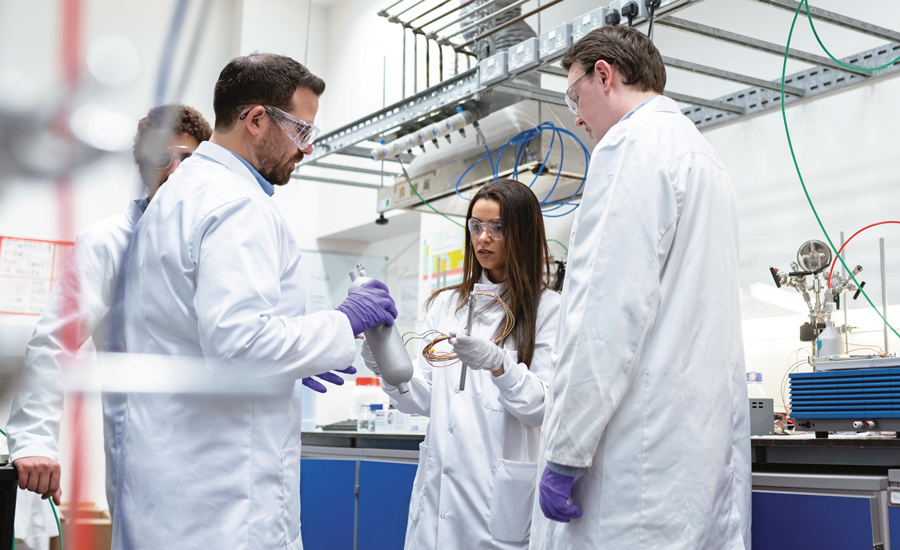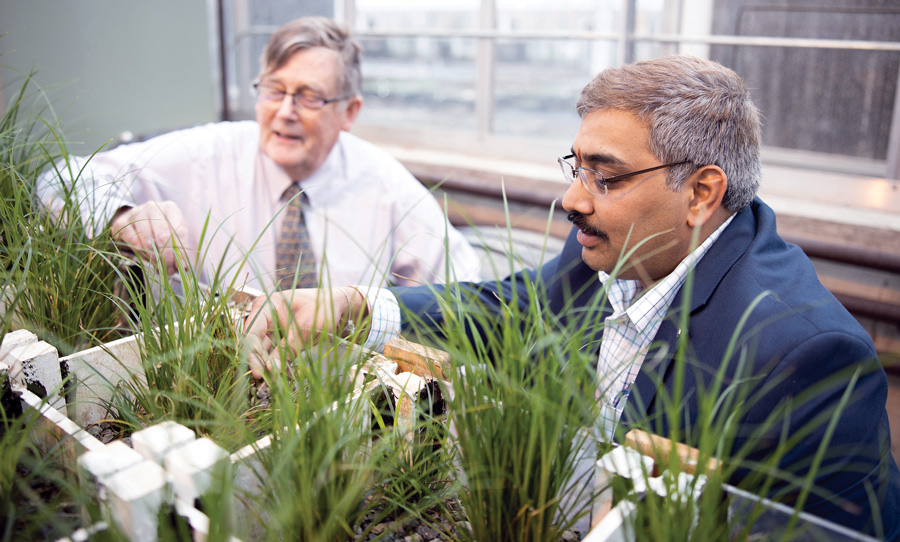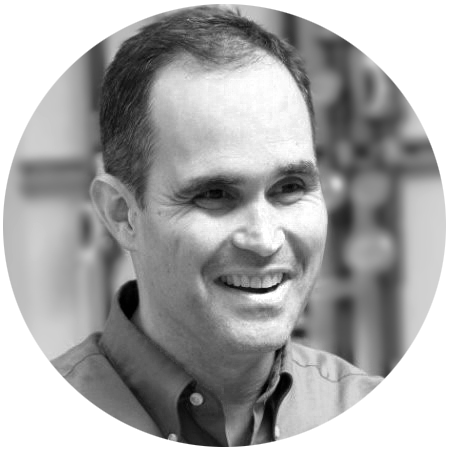y dream of becoming a university faculty member conducting research in organic chemistry, the study of molecules that contain the element carbon, began in 1990. My inspiration came when I was a student in Professor Alex Rowland’s CH-203 Organic Chemistry class at Gettysburg College, where I found the ability to manipulate molecules at the atomic level fascinating. Later, upon joining Professor Phil Magnus’s research laboratory at the University of Texas at Austin to complete my Ph.D., I saw the true power of my chosen craft – making molecules that can improve human existence. My graduate research focused on the chemical synthesis of potential treatments for cancer.

When I was promoted in 2009 to Full Professor, I began to shift my research focus toward the overt translation of university discoveries into products and services which help make people’s lives better. I am the co-founder of a successful chemical manufacturing company, Valliscor. Every day we translate chemical discoveries into commercialized products and processes that are used by the pharmaceutical industry to make medications that make people’s lives better. Chemistry is often referred to as “the central science.” As so much of our world is made up of molecules that contain carbon atoms, including almost all pharmaceuticals, organic chemistry is uniquely positioned to have real societal impact.
Waiting to fully embrace this approach until after being tenured and promoted was tactical on my part, as universities have been slow to adapt their internal reward structure to support faculty members who seek to maximize the impact of their research by demonstrating economic impact to society (e.g. license technologies, launch companies, commercialize products). This is not to say that universities don’t publicize and praise faculty members who achieve this level of success. Just the opposite: Universities routinely tout the commercialized accomplishments of their faculty as a demonstration of the value of university research and their commitment to society. I have been lucky to work at an institution that has been supportive of my interests at the intersection of academia and industry. In fact, I currently serve as Faculty Lead for Innovation Excellence within the OSU Research Office, where I work at the university level to support faculty interested in achieving societal impact through innovation and entrepreneurship (I&E).


Furthermore, students are seeking the opportunity for this I&E type of impact for their work. Students trained through this lens become T-shaped thinkers – deep in their technical discipline yet able to collaborate with experts from other fields and apply their skills in other areas outside of their core discipline. This type of student is more career-resilient, as they are inherently more able to adapt and excel in a dynamic workforce. Research connected with industry can also provide employment opportunities for recent graduates, both from job opportunities from the companies funding the work and through the differentiating, (T-shaped) skill sets obtained by I&E researchers. These unique experiences give I&E graduates a competitive advantage with employers.
This misalignment, between university-level priorities which value I&E and a P&T process that struggles to equally reward I&E and traditional forms of impact, is problematic. It increases the inefficiency of the university research enterprise and impedes, not protects, the pursuit of knowledge. In addition, this lack of true value assigned to I&E impact within the P&T process disrupts a faculty member’s academic freedom to pursue scientific questions along I&E-focused research paths, as their promotion could be negatively impacted by inadequate evaluation of the full impact of their I&E work. Along with my co-principal investigators (co-PIs) Karl Mundorff, Jana Bouwma-Gearhart, Tuba Ozkan-Haller and Irem Tumer, I serve as the PI on an NSF-funded grant seeking to find solutions for this misalignment through a nationwide effort amongst universities and stakeholders to inclusively recognize I&E impact within P&T guidelines.

Higher education is at an inflection point where universities must adapt to stay relevant to their customers (the students) and their stakeholders (employers, parents, university employees, alumni). Even before the COVID-19 global pandemic damaged university budgets nationwide, higher education was facing a high degree of uncertainty in the continued viability of their core structure. College enrollment across the US has largely plateaued and is likely to decline this fall due to COVID-19. Tuition costs and student loan debt, coupled with the growing diversity of alternatives to college (e.g. online education, non-degree-based training), are disrupting traditional models for colleges and universities. Adding fuel to the fire is the growing list of Fortune 500 employers, such as Apple, Google and IBM, that are embracing a workforce that does not necessarily require a college degree for employment. Change was already coming to higher education; COVID-19 may have simply accelerated it.
Despite these headwinds, I am optimistic that the ultimate output from our efforts will be a higher education landscape that more directly embraces its true role as a talent and idea engine for the innovation economy of our nation.
